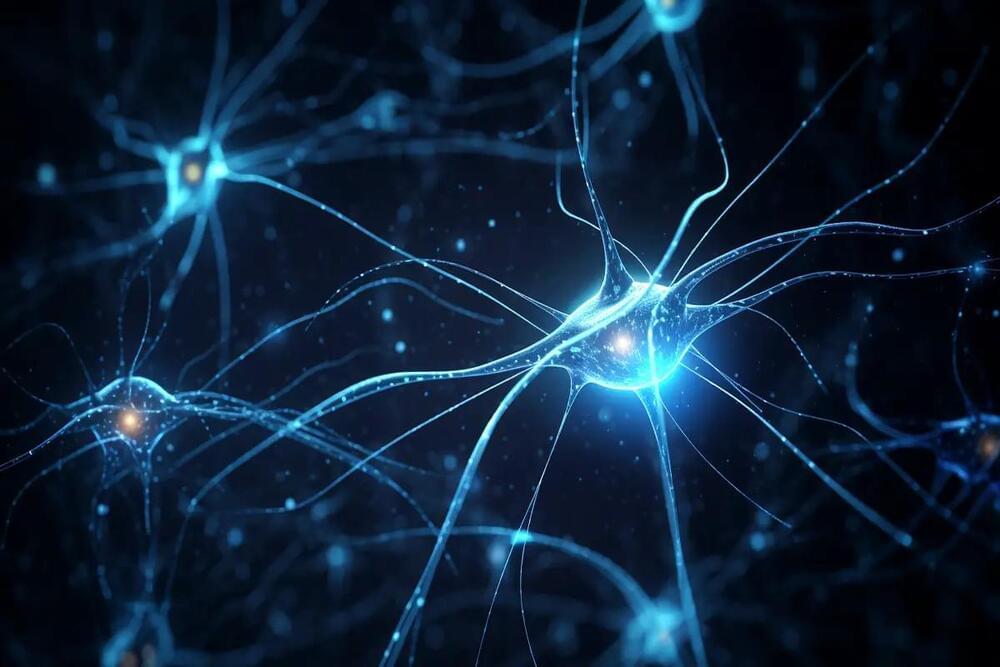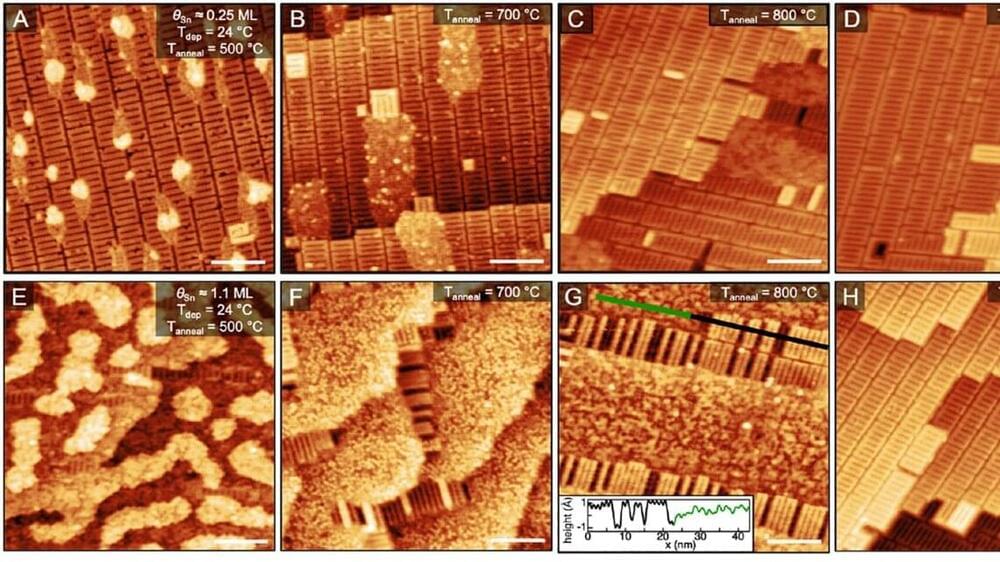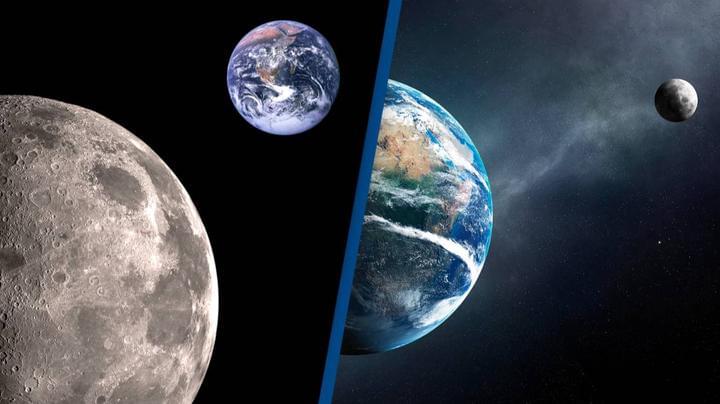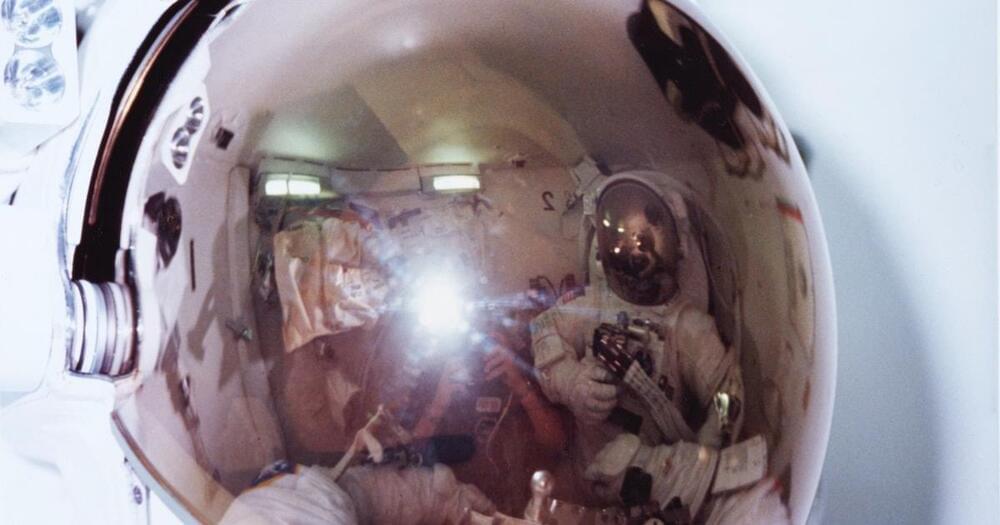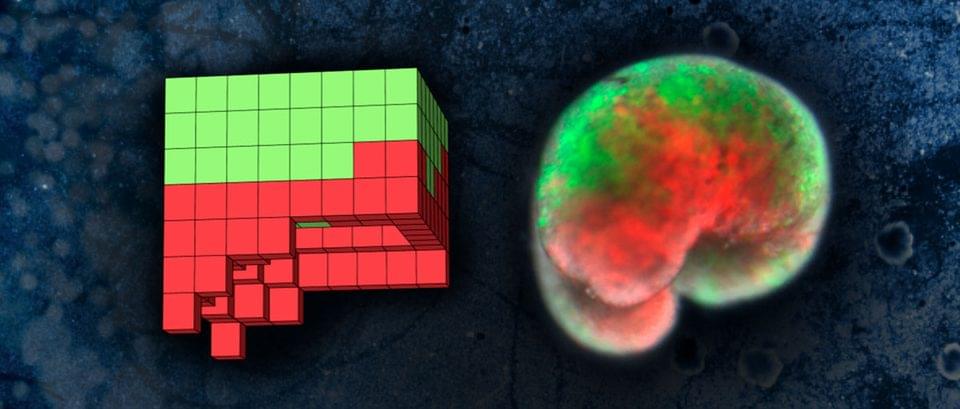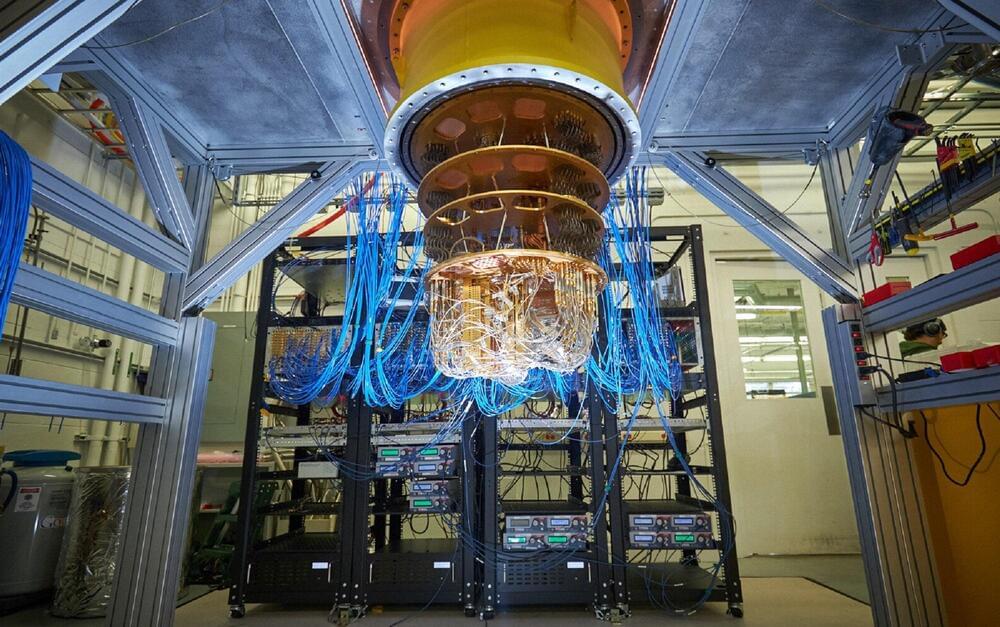The neuroscience study opens new avenues for understanding the brain’s role in learning and education. As researchers uncover more about the mechanisms underlying acquiring knowledge, educators can implement evidence-based strategies to enhance student outcomes. This blog post delves into the fascinating world of neuroscience, explores how the brain learns, and examines various learning theories and strategies informed by neuroscientific research.
Understanding the Basics of Neuroscience
Neuroscience refers to studying the nervous system, focusing on its role in behavior, cognition, and learning. The human brain, a complex organ, contains billions of neurons that transmit information through electrical and chemical signals. These neurons form networks, and the brain’s organization into different regions allows it to carry out specific functions.
